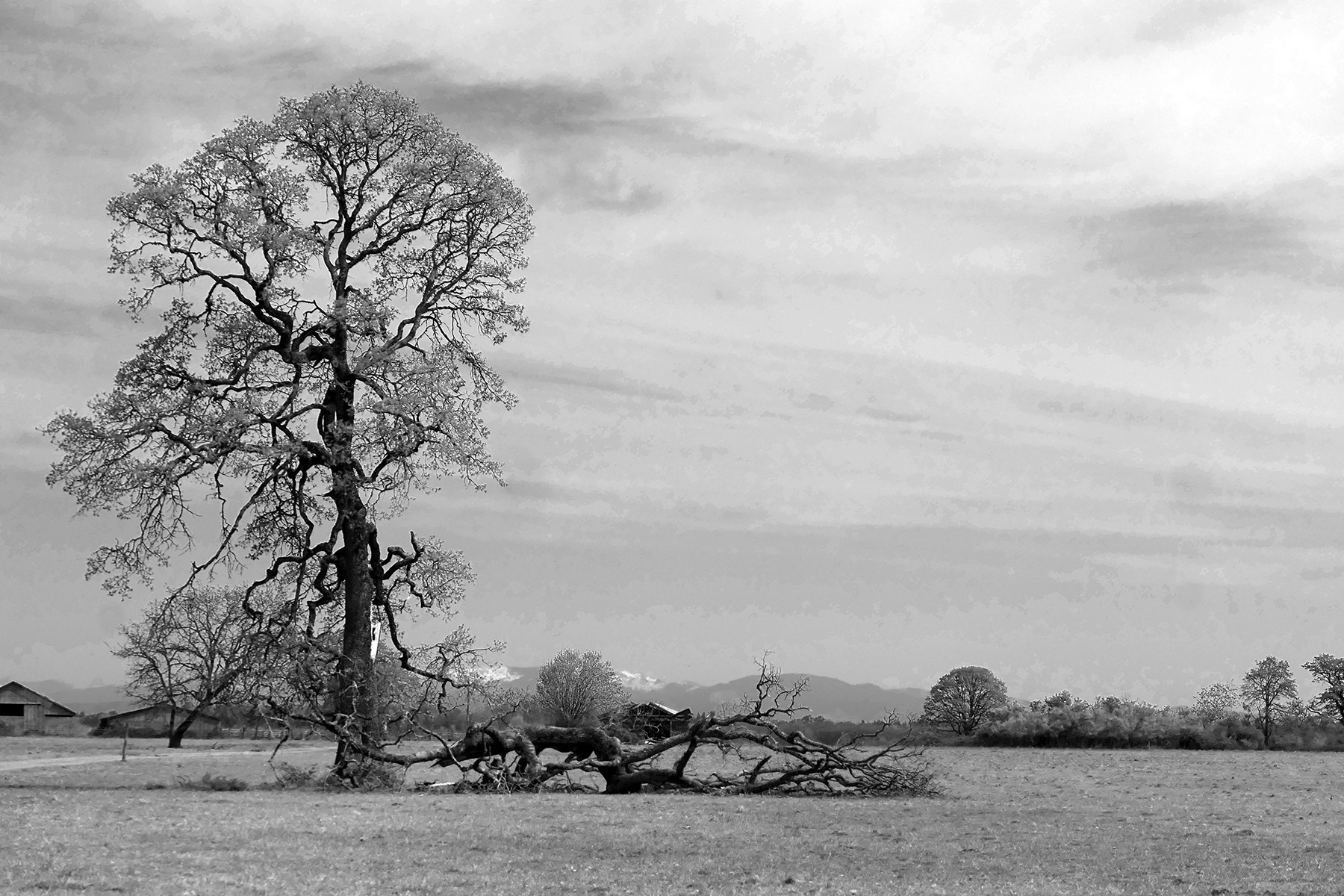Esther Bejarano z”l, one of the last survivors of Auschwitz’s girl orchestra, died this weekend at age 96. A life-long fighter for remembrance and against authoritarian regimes, she was a controversial figure in Germany to which she returned in the 1960s, critical of Israel’s politics and Zionism, something that (non-Jewish!) Germans would not tolerate as can even be seen in the varied reactions to her death. An active member of the German Communist Party (DKP), she taught many generations, mine included, about fascism and resistance, about the twin evils of silence and forgetting.

The Holocaust survivor taught us that to fight against authoritarian movements you have to be familiar with their play-books. When you see tricks from those books popping up all over the place, you know where to turn your attention. I was reminded of that when I read last week about the new law in Texas that prohibits abortion after 6 weeks of pregnancy, when you can detect the fetus’ heartbeat. One of the key clauses in this bill involves reliance on citizen informants, who can sue doctors and clinics if they detected “illegal” abortions, with an award for each successful lawsuit of a minimum of $10.000. All the gory details of this new law, and the implications of its attempts to switch enforcement from state to citizens can be found in this New York Times article.

I want to focus here, though, on the psychology of denunciation in our current political situation. When I think about informants my immediate thoughts turn to either Nazi Germany or the former GDR where 189.000 citizen informers fed the STASI with reports of real or assumed behavior of neighbors. In both cases, the betrayal of Jews, people with anti-Hitler sentiments, or prohibited sexual orientation in the 1930s, and the denunciation of anti-socialist, pro-western ideologies in the post-war GDR, led to extreme punishments, even death sentences. Actions had existential consequences and yet people flocked to tell on their neighbors.

Of course, Germany is not an isolated case. Think Argentinian security structures during the years of dictatorship, or look at the North Korean neighborhood watch system, that every single citizen is required to belong to. A self-policing citizenry helps an authoritarian regime, providing otherwise impossible access to private information and saving resources that would have to go to hired enforcement.

But what are the citizens’ motivations that lead to this collaboration? There is a bunch of scientific literature on the topic, but also literary case studies of individual cases, particularly of women who in this regard switch from the role of victim quite often to the role of perpetrator. Personal interest to settle old scores, jealousy, elimination of competition, attention seeking, trying to vie for favor with the state, fear and, yes, money, all contribute to the eagerness to denunciate. Seen from a different angle, women in particular, who are usually overall less free to act, more oppressed in authoritarian regimes and traditional societal and family structures, can experience agency.

And women will know about other women’s bodies. And no bodily issue is more about religious identity and revenge against a world that has seemingly left White evangelicals behind, than abortion.

Denunciations are nothing new in American history. As early as 1657 we had a New Hampshire law that incentivized locals to become informants on Quaker activities (and penalized anyone housing them) by offering hefty sums of money. In the early 1950s, with the United States in the grip of McCarthyism, the state encouraged a culture of denunciation, where thousands of Americans were accused of communist involvement or sympathies and subsequently publicly shamed, marginalized, persecuted or prohibited to pursue their chosen careers. Never mind that there often was no evidence, no right to respond, no legal protection.

Here and now, though, the extremes of polarization have made enmity personal. People are not just scared of some nebulous commies taking on the US, eager to protect the nation. People are seeing their own personal beliefs and circumstances under attack, their religious beliefs ridiculed, their relative societal status in decline from within. That makes motivation to get back at those around you, perceived to be the enemy, all the more personal, justifying to be vicious. Being active collaborators in this battle for religious. political and cultural dominance also creates an increased sense of in-group cohesion. It’s us against them, and if we can manage, let’s have them rot in jail. Down to the Über driver who transported the woman to the abortion clinic. I predict a deluge. As does the Texan government whose trick book is not coincidentally taking its tricks from regimes that they long to emulate. Hardening polarization, they know, will keep them in power by motivating and accepting extreme measures.

At least Esther Bejarano z”l is spared to have to live through a repeat of history. May her memory be a blessing – and an obligation.
Music depicts her performances in the last years with the Hip Hop Band Microphone Mafia. She was in her nineties. I stand in awe.


























































